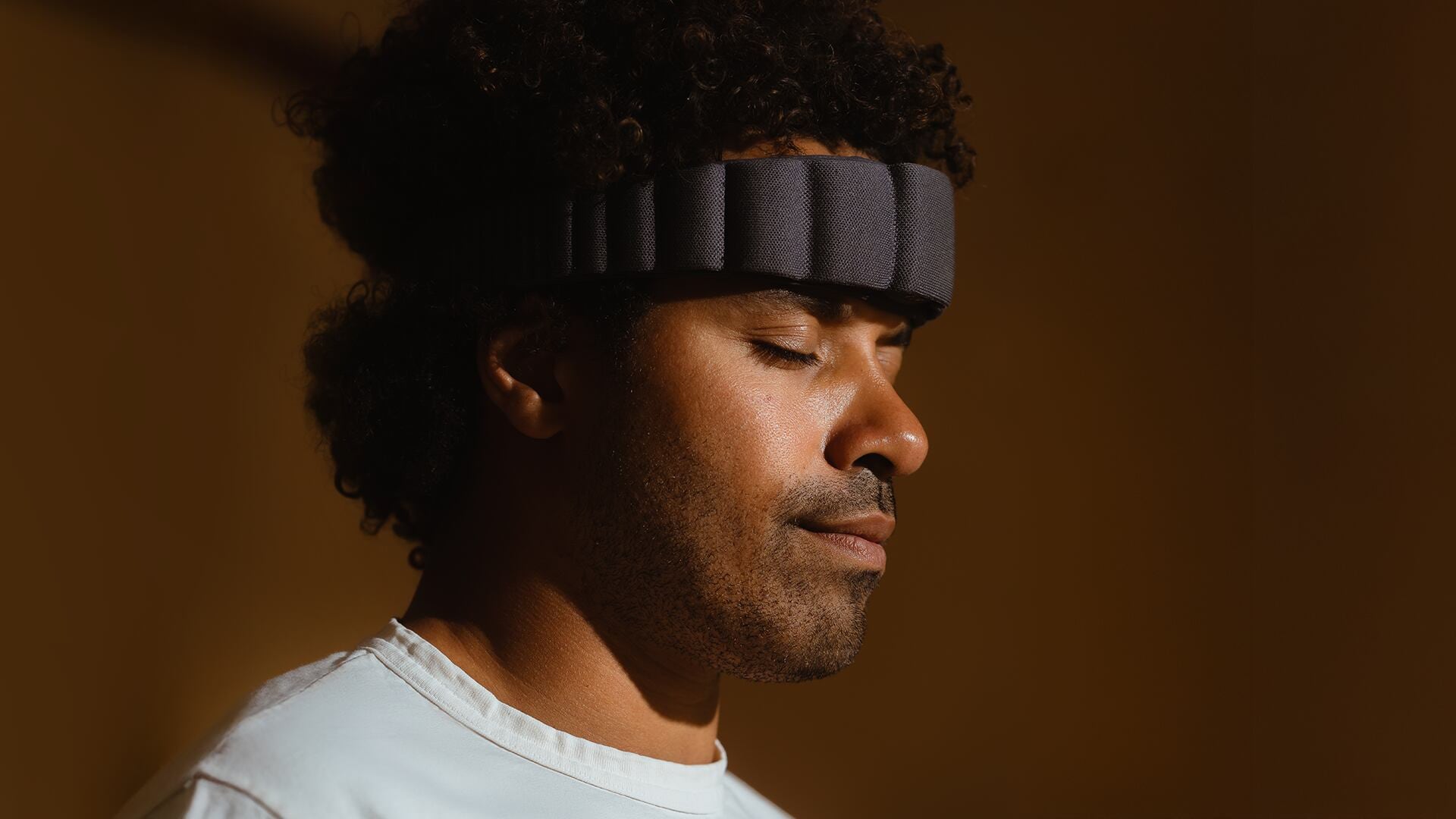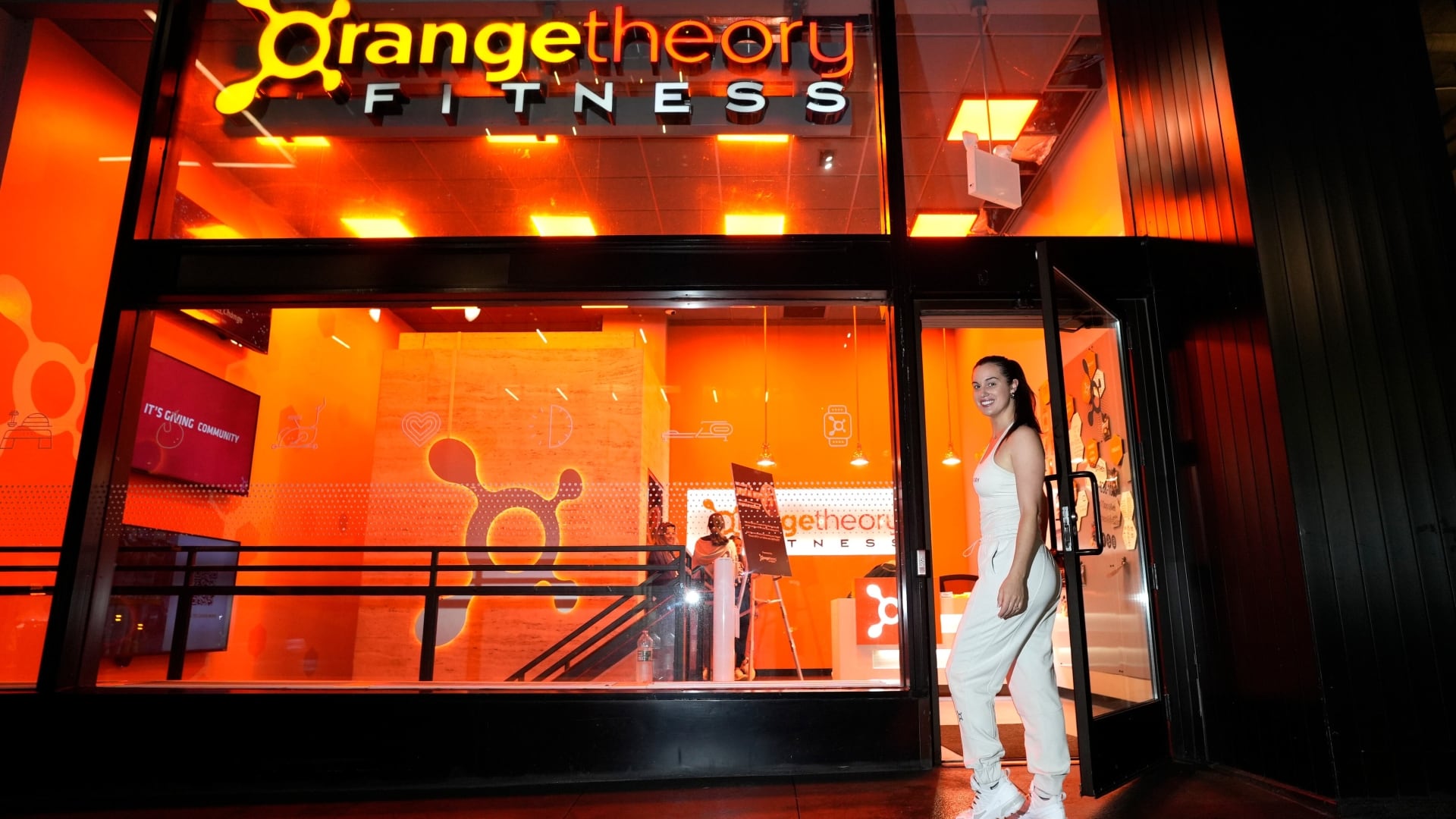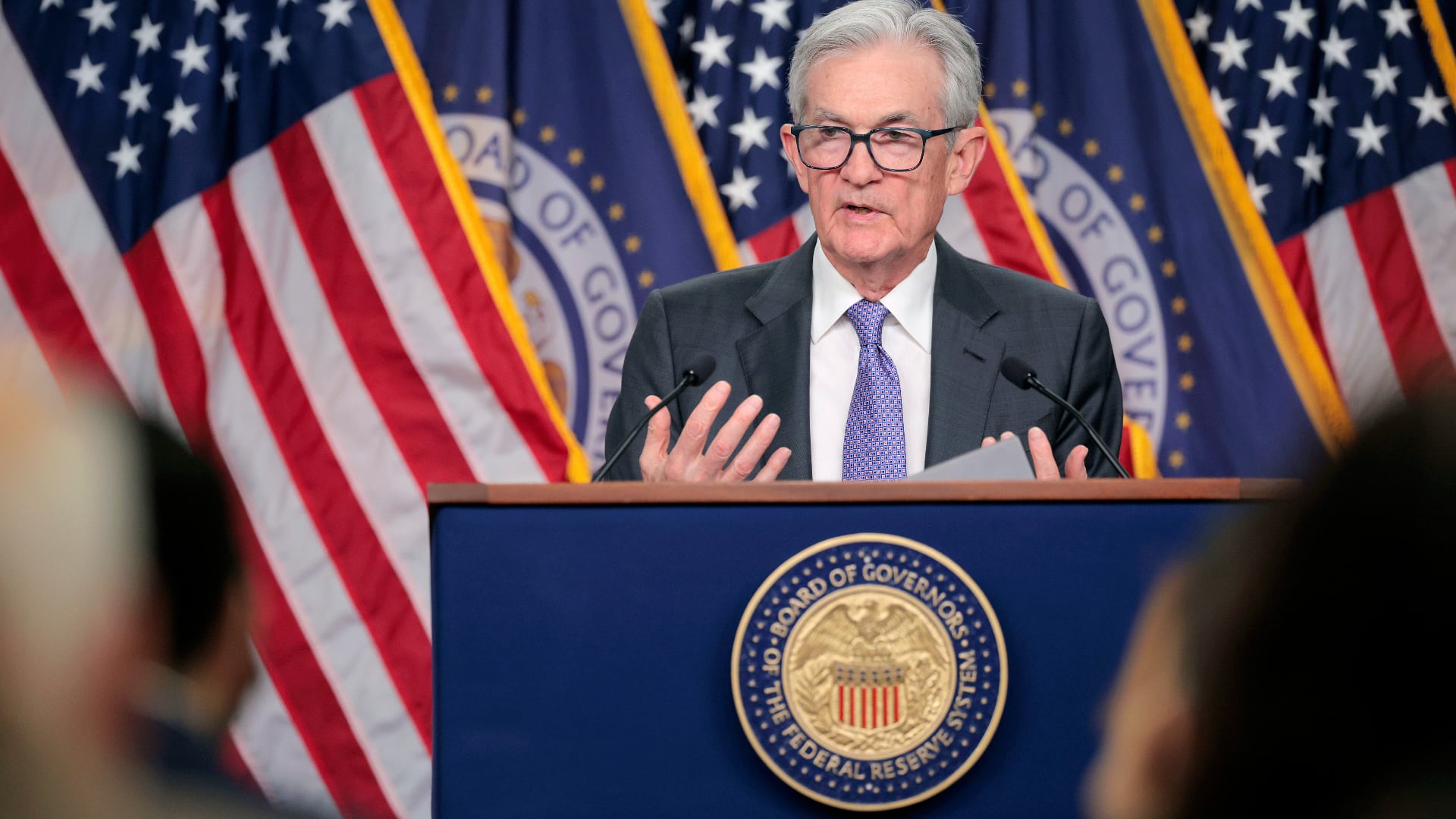*By Carlo Versano* Flying taxis are closer to liftoff than you might think. Uber made headlines in 2017 by unveiling renderings of what it said would be a fleet of fully electric, VTOL (vertical take-off and landing) aircraft that would shuttle people around in the skies above cities as soon as 2023. At CES in Las Vegas, this week, a full-scale model of one flying taxi concept manufactured by Uber partner Bell was on display, and Uber wants consumers to know it's getting serious about taking to the air. Dr. Tom Prevot, a former NASA aerospace engineer who now runs the engineering division at Elevate, Uber's airspace unit, told Cheddar's Hope King that the nascent industry is reaching a point at which "a lot of things come together." Batteries that would be able to power these aircraft are in development, the turbine engines and fan rotors are quieter than ever, and the regulatory environment is beginning to come into focus, Prevot said. "This convergence will probably allow us to make this happen in a few years," he said. Since the aircraft will fly to and from fixed infrastructure ー like the roof of a parking garage ー as opposed to being able to take off or land anywhere, there are fewer logistical and regulatory hurdles, Prevot said. And because the altitude at which these things would fly, up to 2,000 feet, is a blank canvas relative to city roads, companies like Uber can work with governments to create "virtual highways" that can be adjusted to suit demand. Prevot put it succinctly: "There's a lot more space in the air." Uber and Bell announced at CES that test flights would begin next year in three cities: Dallas, Tex., Los Angeles, Calif., and an unnamed international city, while plans for piloted rides are on pace for 2023. Prevot said that while they may test flights in rural areas, the optimal use case is for crowded urban areas where congestion is already a problem ー hence the choices of L.A. and Dallas as pilot locations. For full interview [click here](https://cheddar.com/videos/uber-keeps-eyes-on-the-sky-with-flying-ride-plans).












